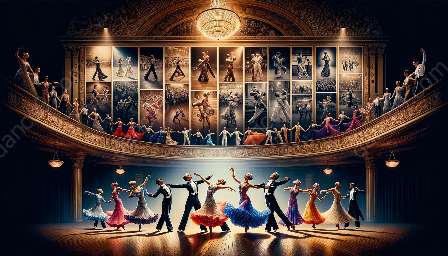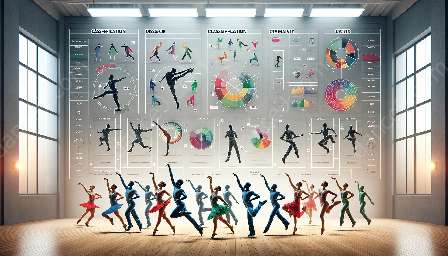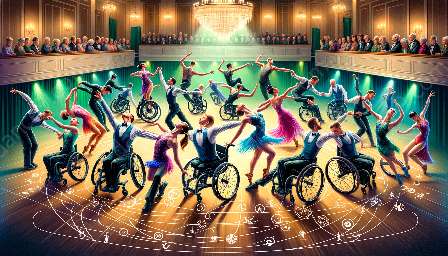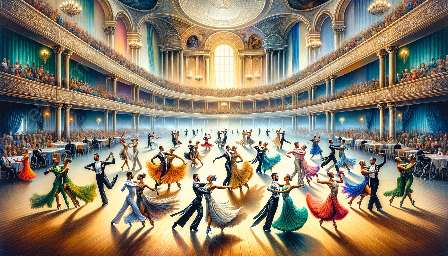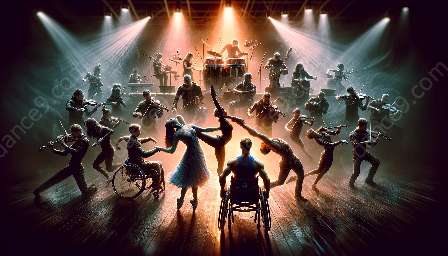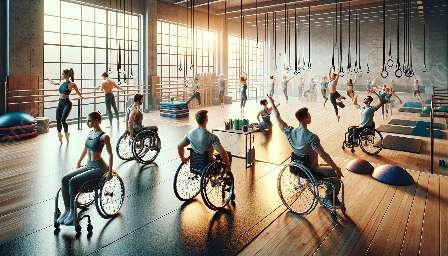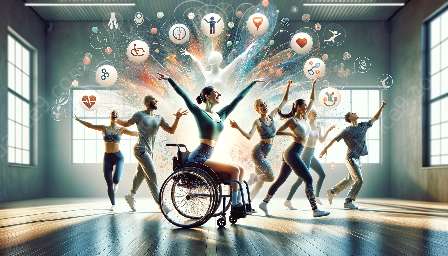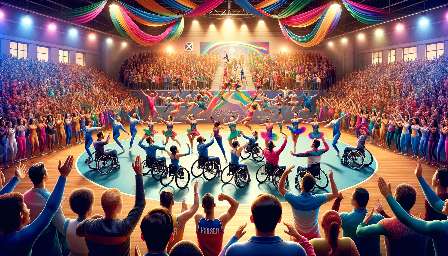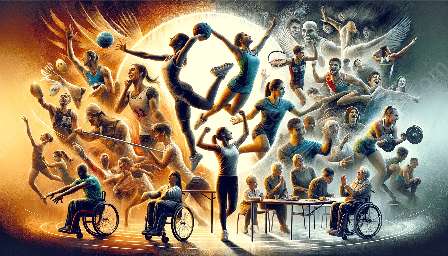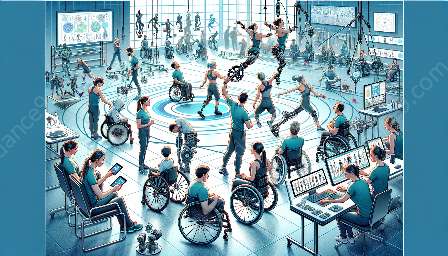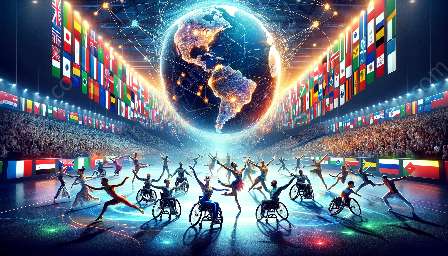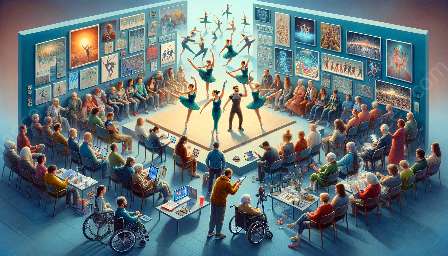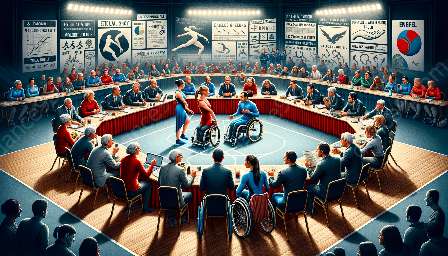Para dance sport is a captivating and inclusive form of dance that has its own set of rules which distinguish it from traditional dance competitions. These rules ensure fair play and enable individuals with physical disabilities to showcase their talents and techniques. Let's delve into the key differences in the rules of para dance sport compared to traditional dance competitions, and how para dance sport techniques are celebrated at the World Para Dance Sport Championships.
Rule Differences in Para Dance Sport vs Traditional Dance Competitions
Para dance sport, also known as wheelchair dance sport, features several key rule differences compared to traditional dance competitions. These differences are specifically designed to cater to the unique abilities and challenges of participants with physical disabilities:
- Categorization: In para dance sport, dancers are classified based on their functional ability and grouped into different categories, allowing for fair competition across various levels of physical ability. This contrasts with traditional dance competitions, which typically do not have specific categories for individuals with physical disabilities.
- Supported Techniques: Para dance sport allows for the use of specialized equipment, such as wheelchairs and other supportive devices, to facilitate dance movements. Traditional dance competitions may not permit the use of such equipment, placing para dancers at a disadvantage.
- Adapted Choreography: Para dance sport encourages choreographies that accommodate the unique movements and abilities of participants with physical disabilities. In contrast, traditional dance competitions may have rigid choreographic requirements that do not easily accommodate individuals with physical limitations.
- Balance and Coordination: Para dancers often display exceptional balance and coordination, utilizing the support of their wheelchairs or other assistive devices to execute intricate and graceful movements. The use of balance and coordination techniques is an essential aspect of para dance sport.
- Partner Work: Para dance sport involves dynamic partner work, where dancers demonstrate seamless cooperation and synchronization in their movements. Whether dancing in a wheelchair or using other supportive aids, para dancers showcase the beauty of partnership through their techniques.
- Expressive Interpretation: Para dance sport techniques prioritize expressive interpretation, allowing participants to convey emotion and storytelling through their movements. This aspect highlights the artistic and emotional depth of para dance sport performances.
- International Showcasing: The World Para Dance Sport Championships brings together para dancers from diverse cultural backgrounds, providing a stage for them to exhibit their distinct techniques and styles on an international platform.
- Judgment Criteria: The championships incorporate judging criteria that take into account the unique rules and techniques of para dance sport, ensuring that participants are evaluated based on their skill, creativity, and adaptability within the para dance context.
- Promoting Accessibility: The World Para Dance Sport Championships promotes accessibility and awareness of para dance sport techniques, fostering a greater understanding and appreciation for the art form among audiences worldwide.
Para Dance Sport Techniques
Para dance sport techniques encompass a wide range of expressive and technical elements that are tailored to the abilities and needs of participants with physical disabilities. These techniques are integral to the competition and showcase the artistry and skill of para dancers:
World Para Dance Sport Championships
The World Para Dance Sport Championships is a prestigious global event that celebrates the talent, dedication, and sportsmanship of para dancers from around the world. It serves as a platform to showcase the unique rules and techniques of para dance sport, while uniting participants in a spirit of inclusivity and excellence:
These key differences in the rules of para dance sport compared to traditional dance competitions, coupled with the captivating techniques showcased at the World Para Dance Sport Championships, underscore the remarkable diversity and inclusivity of para dance sport as a competitive and expressive art form.

